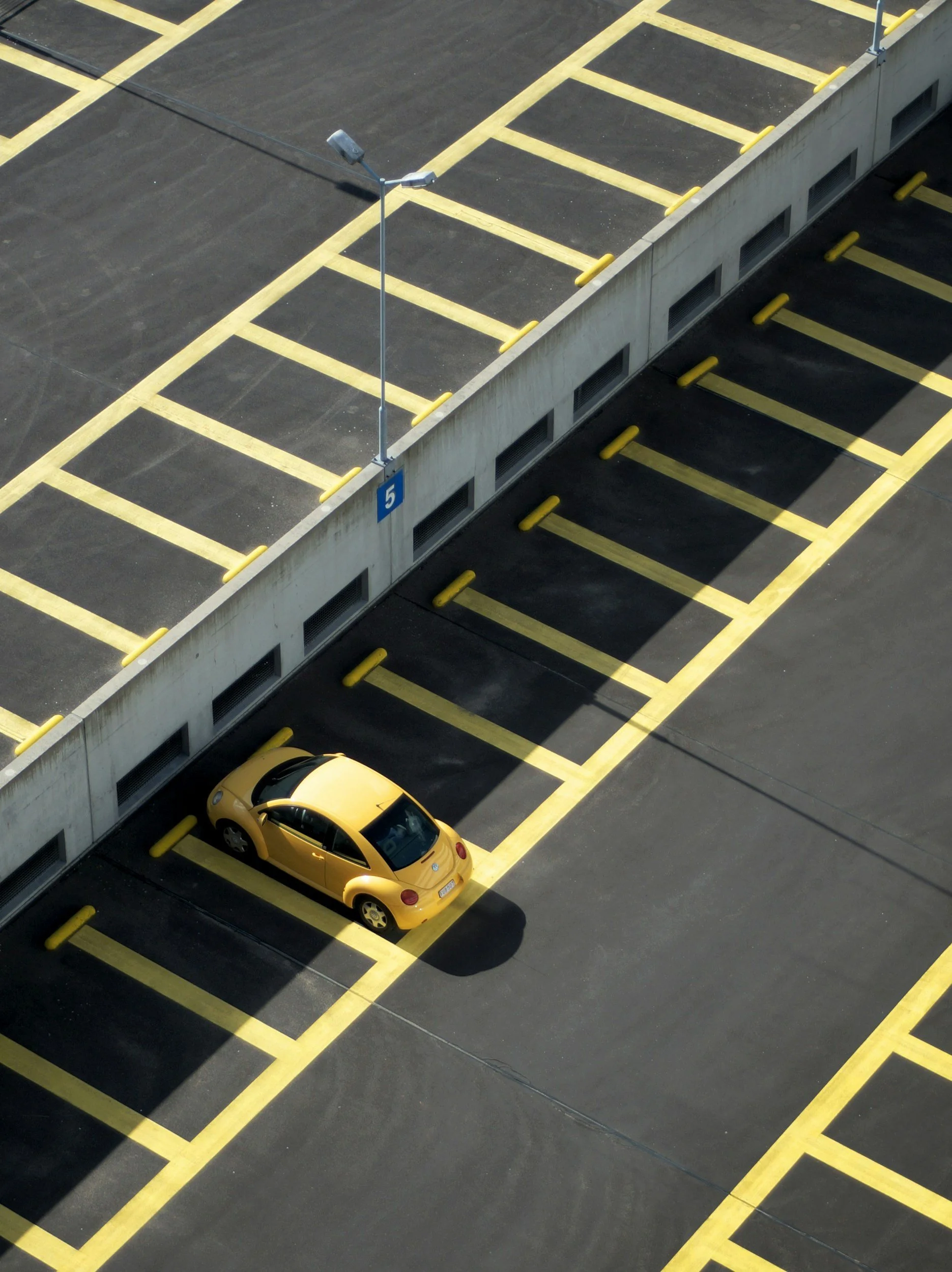Why bother learning to tolerate uncertainty?
Image by Joshua Earle via Unsplash
This post is for informational purposes only, and should not be considered professional psychological advice
To put it simply, managing anxiety often boils down to “facing your fears”. For those who are afraid of snakes, this might look like gradually building up exposure to snakes, starting with looking at pictures and videos, and then having interactions with a real snake. Similarly, for those who are afraid of or uncomfortable with uncertainty, the best thing to do is to get more exposure to feeling unsure.
At this point, clients might say something like, “But I deal with uncertainty every day and it hasn’t gotten better!” This is why we look at avoidance, procrastination, and safety behaviours. These strategies prevent people from fully experiencing uncertainty and seeing what happens, functioning like a shield or security blanket.
Image by Ümit Yıldırım via Unsplash
To go back to the snake example, imagine if you were to gradually increase your exposure to a snake, but you only ever did it while wearing a protective suit that covered every inch of your body. You might become more comfortable with snakes, but only under the condition that you are wearing your suit. And because you probably don’t want to go through life always wearing a protective suit, there will still be times when you could encounter a snake without that protection, and the fear will still be present. In fact, wearing a protective suit at all confirms to your brain that there is real danger, which exacerbates the fear.
For this reason, it helps to practice removing safety behaviours, or reducing avoidance and procrastination and seeing what happens. The consequences people are afraid of depend on the person and the situation. Possible feared consequences include making a mistake, feeling embarrassed, getting lost, or being judged by others.
When being in an uncertain situation without using safety behaviours, avoidance, or procrastination, there are 3 possible outcomes. First, the feared consequence doesn’t occur. Second, the feared consequence occurs but you cope well. And third, the feared consequence occurs and you don’t cope well.
Image by Raban Haaijk via Unsplash
To illustrate this better, I’ll go back to the example in the previous post about worrying about where to park when driving to a new store. Now imagine that you resist doing any safety behaviours (e.g., looking up parking online, asking someone to come with you, calling the store for more information). The first outcome could be that you find parking very easily. Or maybe you don’t find parking easily but you drive around and eventually find a spot. Or maybe you drive around, can’t find a spot, and you give up and go home.
It is helpful to consider the Anxiety Equation (Mooney, 1986), which is that people tend to overestimate the likelihood of the worst-case scenario, and underestimate their ability to cope. In the parking example, the first two possible outcomes seem quite likely, and although the second example could be uncomfortable, people often notice that the discomfort is tolerable and temporary. Even though the third outcome could be even more distressing and inconvenient, it’s unlikely to be catastrophic as you could engage in problem-solving and try again the next day.
Often people find that when they give themselves the opportunity, they are better at coping and problem-solving than they expect. And although there can be considerable discomfort in trying to cope in the moment, these experiences can result in a boost in confidence, not to mention new opportunities and experiences, as well as time and energy saved by not doing safety behaviours to begin with.
In the next post, I’ll share about behavioural experiments, which are straightforward, accessible ways people can practice tolerating uncertainty.


